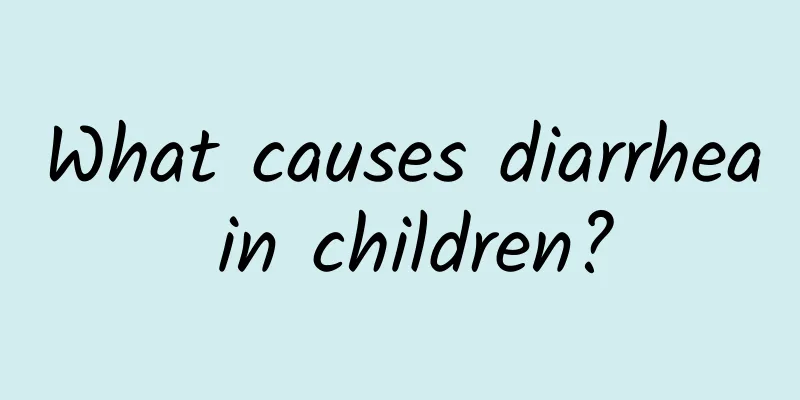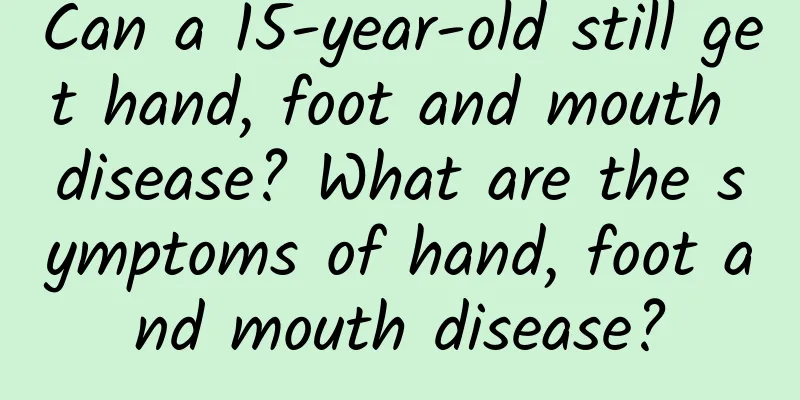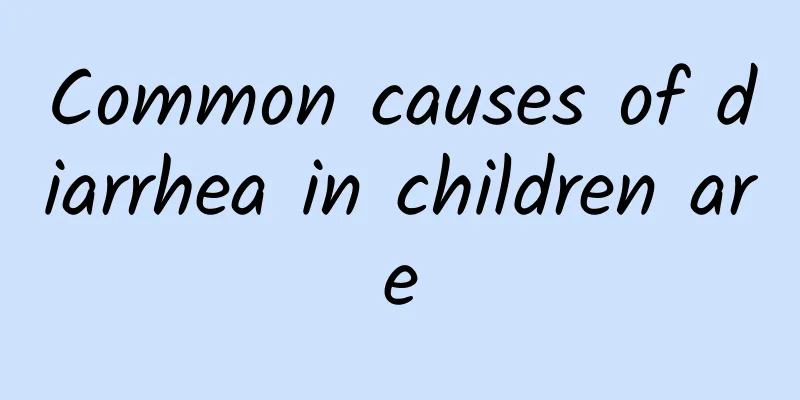The harm of pathological jaundice to newborns

|
The harm of pathological jaundice to newborns is mainly reflected in the fact that high bilirubin levels may cause brain damage, and in severe cases may lead to kernicterus, affecting the development of the nervous system. The key to treatment is to monitor bilirubin levels in a timely manner and take measures such as phototherapy, drug therapy or exchange transfusion therapy. 1. Causes of pathological jaundice Pathological jaundice is usually caused by a variety of factors. Genetic factors such as red blood cell enzyme defects such as G6PD deficiency may lead to increased red blood cell destruction and excessive bilirubin production. Environmental factors include maternal and fetal blood type incompatibility such as ABO or Rh blood type incompatibility, which leads to hemolytic jaundice. Physiological factors include immature liver function in newborns and insufficient bilirubin metabolism. Trauma such as birth trauma may cause red blood cells to rupture and increase bilirubin levels. Pathological factors include infections such as sepsis or biliary atresia, which further aggravate jaundice. 2. Treatment of pathological jaundice 1. Phototherapy: Blue light is used to decompose bilirubin in the skin and promote its excretion. Phototherapy is the first choice for treating neonatal jaundice, which is safe and effective. 2Drug treatment: Use drugs such as phenobarbital to promote liver metabolism of bilirubin, or intravenous immunoglobulin IVIG to reduce hemolysis. 3. Exchange transfusion therapy: When the bilirubin level is extremely high and phototherapy is ineffective, exchange transfusion therapy can quickly reduce the bilirubin concentration and prevent the occurrence of kernicterus. 3. Daily care and prevention 1Breastfeeding: Breastfeeding helps promote intestinal peristalsis and accelerates bilirubin excretion. However, attention should be paid to the possibility of breast milk jaundice, and breastfeeding should be suspended if necessary. 2. Monitor jaundice: Parents should closely observe the yellowing of the newborn's skin and whites of the eyes, and seek medical attention in time to check the bilirubin level. 3 Avoid infection: Keep the newborn's environment clean, avoid contact with sources of infection, and reduce the risk of jaundice worsening due to infection. The harm of pathological jaundice to newborns cannot be ignored, and early detection and intervention are the key. Parents should pay attention to the monitoring of jaundice, seek medical treatment in time, and adopt scientific treatment methods to ensure the healthy growth of newborns. |
<<: What causes jaundice in newborns?
>>: What are the symptoms of ADHD in 3-year-olds?
Recommend
What causes diarrhea in children?
The treatment of pediatric diarrhea needs to be t...
The exact location of mumps
The exact location of mumps refers to the locatio...
What should we do if children have indigestion? What are the methods of traditional Chinese medicine to treat indigestion in children?
Indigestion in children is a disease that affects...
How to prevent children from catching colds in autumn? 4 tips to effectively prevent children from catching colds in autumn
Children have relatively poor disease resistance,...
How to prevent children from catching a cold? Here are some ways to prevent children from catching a cold
Colds are a common problem among children. Since ...
ADHD Self-Test 40 Questions
ADHD, also known as attention deficit hyperactivi...
Can a 15-year-old still get hand, foot and mouth disease? What are the symptoms of hand, foot and mouth disease?
Hand, foot and mouth disease is a disease that is...
The best specialist hospital for pediatric diarrhea
Autumn and winter are the peak seasons for diarrh...
How long does it take for neonatal jaundice to subside? Let's hear what the experts say
We must pay attention to the occurrence of neonat...
Symptoms of allergic cough in children
Its main clinical symptom is cough, most of which...
What should babies eat if they are calcium deficient? 6 types of food to help
There are many things that babies can eat when th...
What is the difference between influenza and unknown high fever? Teach you how to distinguish unknown high fever from influenza
Unknown high fever means that after detailed exam...
How to prevent mumps infection at home
Everyone hopes that they can have a healthy parot...
ADHD medications for children
Drug treatment for ADHD in children requires the ...
Early detection of pneumonia in children
What are the early tests for pneumonia in childre...









